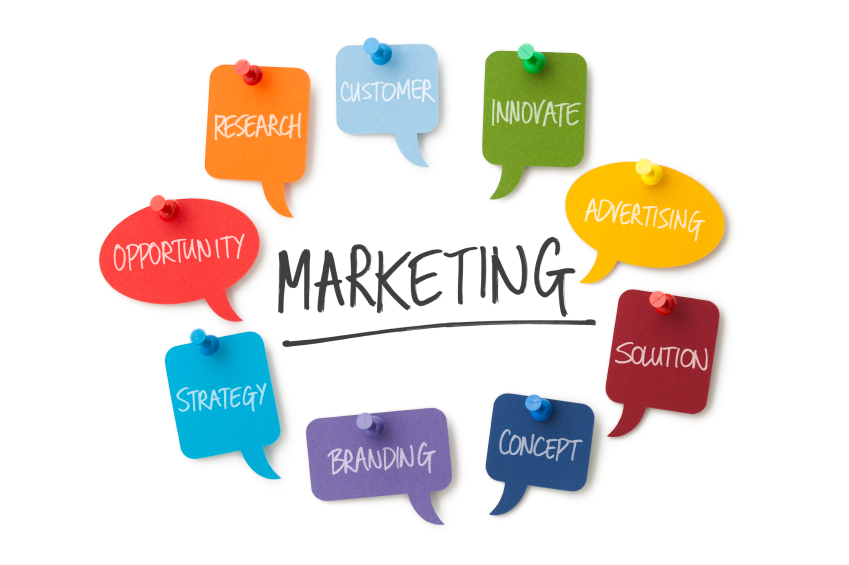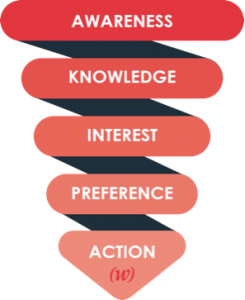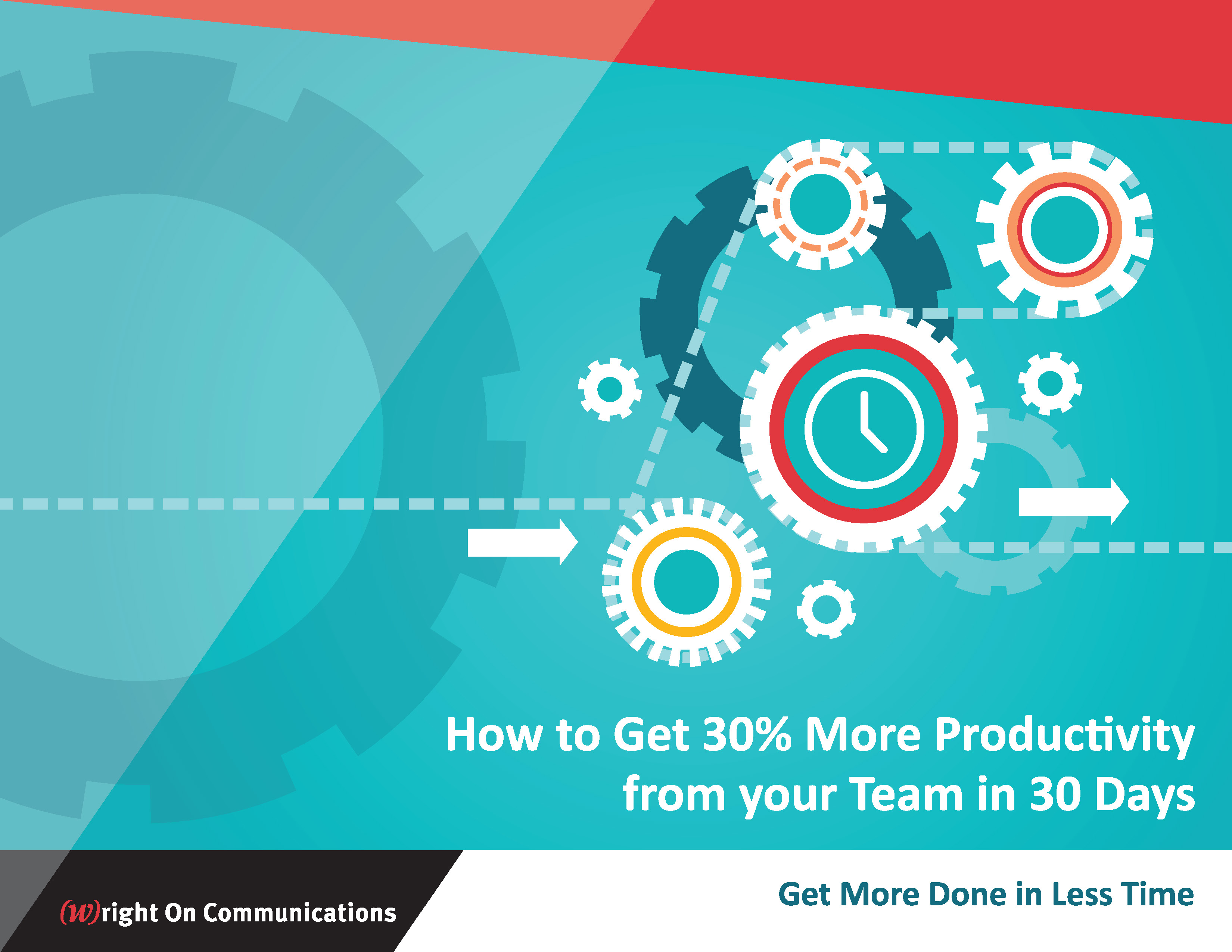By Chance Shay, Senior Communications Strategist
Productivity overactivity.
It’s a motto all marketers should live by. The point of marketing isn’t to do marketing, it’s to support the bottom line of a brand, which means increase sales, drive new membership and increase donations. A marketer who isn’t showing results is a marketer soon to be without a job. Of course, for some marketers it’s a bandwidth issue and for them we’ve put together a cheat sheet for improving marketing productivity by 30% in 30 days (you can download that here).
Every industry is unique and what works for one brand is different from what works for their competitors. However, there are a few guiding principles that transcend industry’s and brand’s individual market standing. To help every marketer deliver stellar results, we’ve put together this skim-able guide of six principles each with quick take-homes that you can implement in your marketing efforts today.
- Know your audience.
- Focus all marketing on showcasing how you solve that problem/fit that need better than your competitors.
- Speak in terms of benefits, not features.
- People care about a product that will make their lives easier and will serve to benefit them in a way nothing else can. They aren’t concerned about breakthrough/proprietary/new/cutting edge technology – they care about how it will change their life.
- Go where your audience is.
- Determine where your target audience is, what stage of the purchase cycle they’re likely to be in at that place, and then tailor your marketing materials and message accordingly.
- If it doesn’t get their attention, it doesn’t matter.
- You can’t bore your audience into action. If your marketing materials are full of text or your communication channels are vanilla, your audience will tune out.
- Take your text heavy collateral and turn them into visuals. Ask yourself, “What would my audience tell their friends about,” then create that.
- Use content to give and give and give.
- Provide value to your audience beyond the product you’re marketing. They don’t want to hear from you only when you’re trying to get them to buy something.
- If you’re a manufacturer of a product meant for pools, blog about pool ownership and ways to improve the pool ownership experience. If your company produces software to automate some aspect of business, create a video series with weekly tips for being a successful entrepreneurial.
- By producing content, you’re engaging customers to drive repeat business and creating ambassadors for your brand. You’re also creating opportunities to reach a new audience. If your content is truly hitting the mark for the audience you’re targeting, they’ll want to share with their network.
- Tell your audience what to do.
- Always include a call to action for your audience to make a purchase, join an exclusive membership and follow your social channel – whatever action it is you want them to take.
Want to learn more about how WOC rocks client partner projects with a unified approach? Check out WrightOnComm.com or drop us a line at info@wrightoncomm.com.


















 Grant Wright
Grant Wright Corie Fiebiger
Corie Fiebiger
 Shae Geary
Shae Geary Phelan Riessen
Phelan Riessen Katrina Early
Katrina Early Hamish Marshall
Hamish Marshall